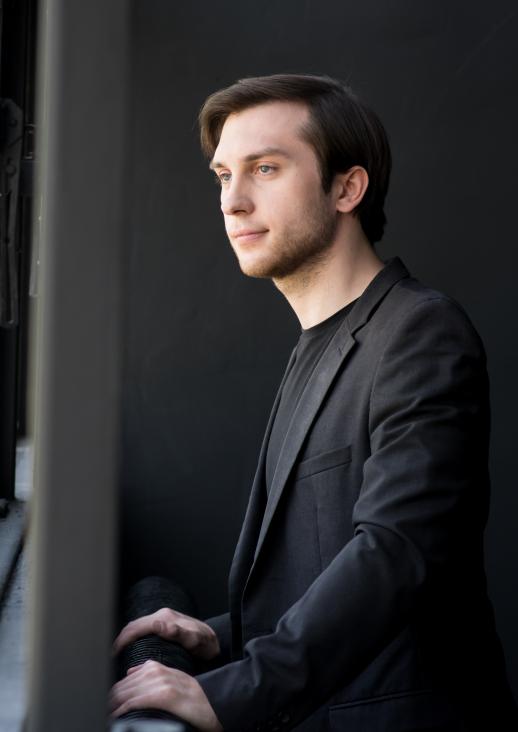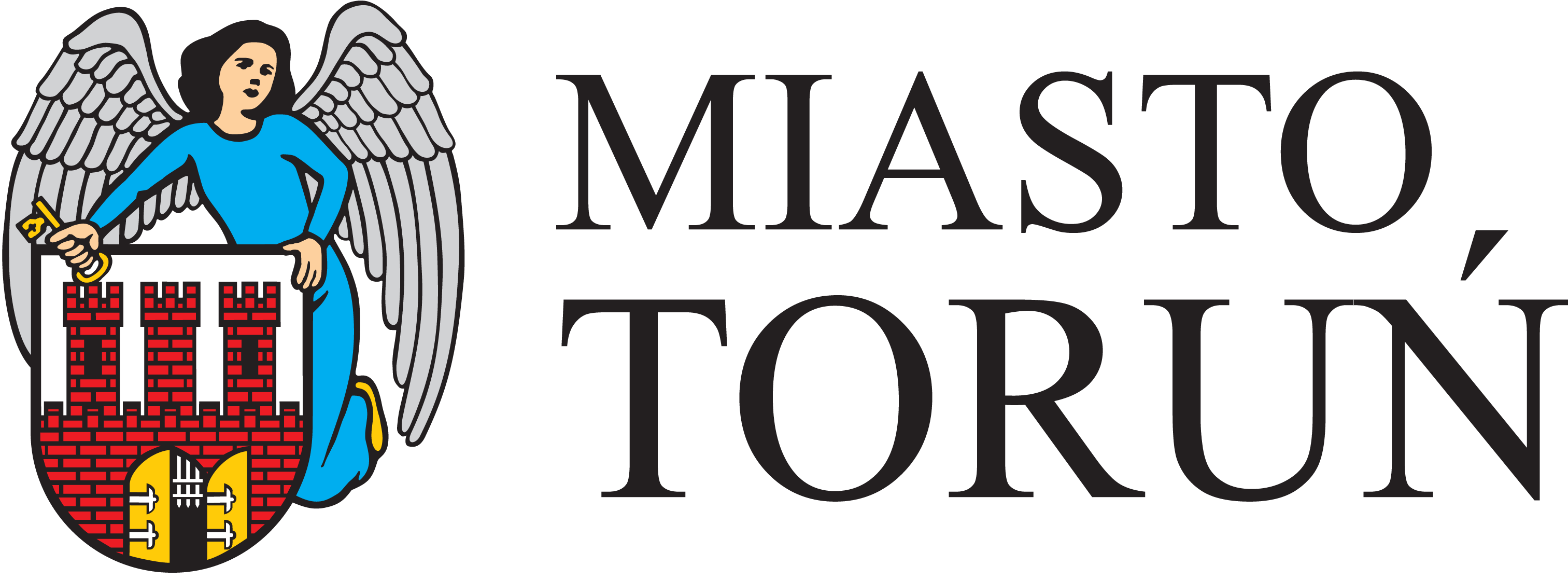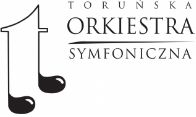Two sonatas, two rondos
Artists:
Piotr Nowak – piano
Łukasz Byrdy – piano
Aneta Derkowska - introduction
TOS Prize for the winners of the 1st International 5th National Chopin Competition in Turzno
Programme:
L. van Beethoven - Sonata c-moll "Patetyczna" op. 13
L. van Beethoven - Rondo G-dur "Andante cantabile e grazioso" op. 51 nr 2
F. Chopin - Sonata b-moll op. 35
F. Chopin - Rondo à la Mazur op. 5
The sonatas of Ludwig van Beethoven were taking shape over more than 25 years, which is what made them the sum of the composer’s experiences and his creative evolution in that regard. Beethoven’s innovation in the field of the sonata was so far-reaching that the next generations pursuing this form could not add much to the discoveries already made by the master from Bonn. His wealth of invention, his formal and expressive innovations were overthrowing the norms hitherto in place and exploding the canons of the time.
In the Piano Sonata in C minor, Op. 13, the Sonata Pathétique, the composer introduced for the first time the slow introduction Grave preceding the Allegro molto con brio (movement I) imbued with indefatigable energy and vitality. The title of the piece, which was not Beethoven’s idea, comes precisely from this introduction. Piotr Orawski wrote: “The Grave from Sonata Pathétique is rapacious and sharp music, with rugged pointed rhythms, sudden collapses, dramatic contrasts, and a great tension which explodes with all its might in the fast element of the sonata’s allegro". An emotional solace comes from the Adagio cantabile (movement II), while in the final movement (Rondo. Allegro), the dramatic conflict is not resolved, quite the contrary – it resounds with a “loud call” in the main “heroic” C minor key.
Already in the sonatas Op. 31, Beethoven definitively broke with the formal model and the model of traditionally shaped tonal relations. It is enough to mention that the first theme of the Sonata in G major, Op. 31, No. 1, made up of forty-four bars, is composed of two musical structures which are contradictory to the utmost degree. The second theme is in the B major key, later in B minor, and this is just the beginning of the “wandering through the keys” which a Romantic composer would not be unsatisfied with – Frédéric Chopin, too, who composed Rondo à la mazur in F major, Op. 5 for piano on 16th December 1826, dedicating it to Countess Alexandrine de Moriolles, the daughter of the tutor of the grand duke Konstantin’s son, Pavel. Chopin knew “Mariolka”, as he called her, since childhood and they were friends in their adult lives. When it comes to Beethoven, he dedicated his Rondo in G major “Andante cantabile e grazioso”, Op. 51, No. 1 to Countess Henriette von Lichnowsk.
Aneta Derkowska, PhD
The event will take place as part of the Viva Beethoven! - the 250th anniversary of the composer's birth project.
We invite you to an online concert,
which will be broadcast on December 4 at 7pm on our Youtube channel.
The concert will be available on our channel until end of June, 2020.
























